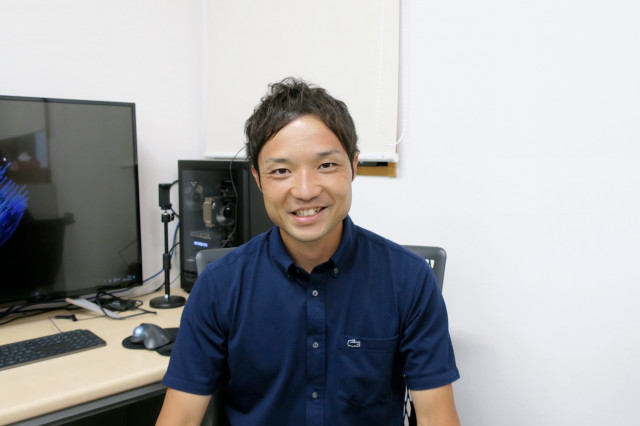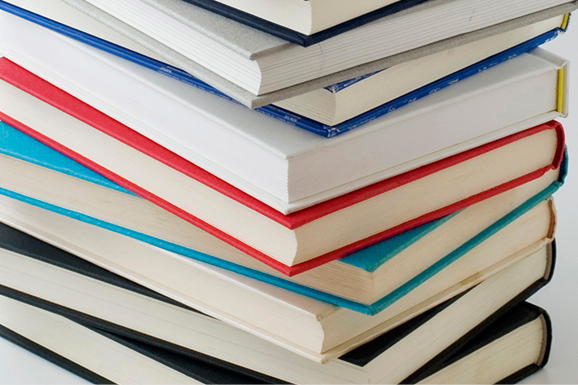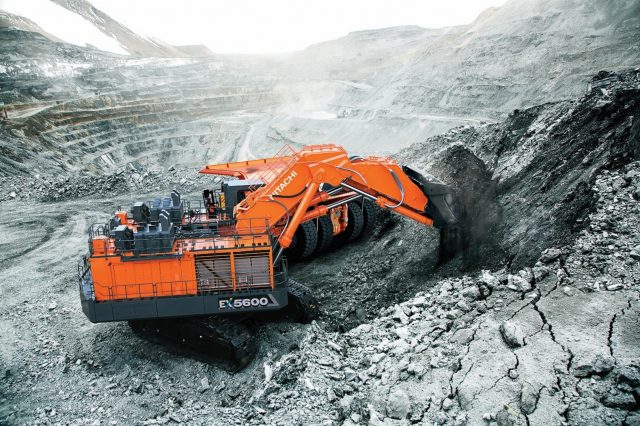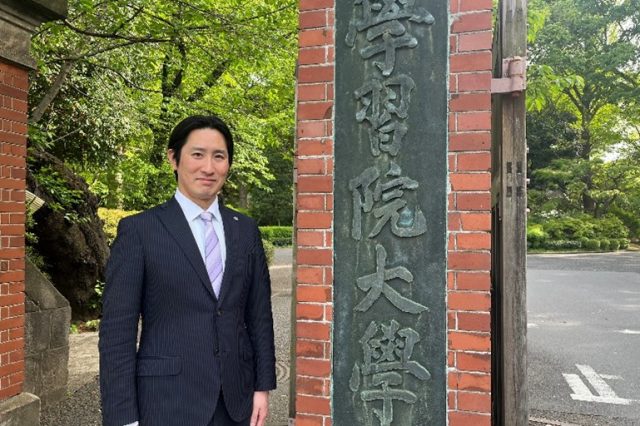Training materials are produced using animated videos and live-action interview videos. This enables training that conveys more realistic situations to participants.


University of Tsukuba
Mr. Ryohei Goto, Medical and Healthcare
- Material Creation
- Improvement Measures
- : Educational Material Creation
・Training Group Work Case Study Introduction Video (Animation) Production
・Training Interview Video (Live Action) Production
Customer Requests
――Could you tell us the background of your request to Human Science?
Mr. Goto: The initial request to HS was made by a colleague I was working with, not by me.
There was an ongoing live-action video production project, and I was also going to appear in the filming.
Since I was already familiar with the atmosphere of the shoot and the process until the video was completed, I found it easy to imagine the flow of the project with HS when I made my request, which became the reason for my decision to ask them.
――Please tell us in detail about the background of the "interview video (live action)" and "group work video (animation)" that were delivered in the past.
Mr. Goto: When I thought about producing an animation video for group work, I thought it would be better to consult with HS rather than an entirely unknown company, so I reached out for advice.
――Please tell us the reason why you decided to create an animated video. Was there a sense that the previous static illustrations were insufficient?
Mr. Goto: The background for choosing animated videos was the recognition that the previous approach of using only static illustrations was inadequate for conveying information. In previous training sessions, participants were only provided with printed text on paper when introducing patients, and they had to imagine the patient based on that. However, due to the limited information, different images were created for each participant, and even when participating in the workshop, they could not feel the reality of the patients, leading to feedback that the training was not engaging.
To get closer to a real experience, live-action videos were ideal, but I realized that it was difficult to achieve due to cost and scheduling constraints. Therefore, I requested the production of animated videos as a way to improve information transmission and realism.


――Are the animation videos produced by our company used as training materials for caregivers?
Mr. Goto: Yes, they are primarily aimed at individuals working in the caregiving field. In particular, they are intended for use in training workshops where various professionals gather.
The content of the animation videos addresses the situation where elderly individuals, upon being hospitalized and moving to a care facility, find that they can no longer do things they used to do by themselves, making daily life increasingly difficult.
If expressed in text, it would simply end with the sentence, "Gradually, they became unable to manage daily life."
By producing it as an animation video and incorporating professional narration and background music, a sense of tension was created in the situation. It was not just paper text information; we were able to convey the urgency and seriousness of the situation to the participants, which I feel was very beneficial.
――Thank you.
――Please tell us about the background and challenges in producing interview videos (live action).
Mr. Goto: The purpose of the case study videos (animation) for group work and the interview videos (live action) is the same. As mentioned earlier, it is difficult to convey realism with just written information on paper. Specific scenes, dialogues in the field, and interactions cannot be fully communicated through paper alone. When producing the video, we considered having professional actors perform, but professional acting can sometimes give a different impression from reality. Therefore, we decided to request the production of interview videos to convey a more realistic impression by asking experts about their actual experiences.

* Some modifications have been made to protect portrait rights.

* Some modifications have been made to protect portrait rights.
――Did you have any points of comparison with other companies when making your request?
Mr. Goto: We did some comparisons with other companies.
We looked at other companies' websites and gathered information, but we did not reach the point of obtaining specific estimates. Since it was easy to consult with HS, I decided to request without much hesitation.
――Thank you.
――Did you have any concerns before requesting HS or during the communication?
Mr. Goto: Before requesting HS and during the communication process, my concern was whether I could properly convey my ideas and requests. It can be difficult to evaluate without seeing the final product, but HS proceeded with detailed communication during the preliminary meetings and filming. That concern was alleviated.
Regarding the production of the animation video, there were parts that were subtly different from my image, and I felt it was challenging to convey the movements of the patients and the scenes. As I am an amateur, I struggled to explain the desired image well, and I also made an effort to avoid specific comments so that the production would not proceed solely based on my feelings. When I saw the completed video, I was satisfied with the various creative elements incorporated throughout.
Customer Feedback from Clients
--Please let us know if you received any feedback after using the produced video as teaching material.
Mr. Goto: We have used the animation video several times in actual training sessions. Before creating the video, we distributed A4-sized papers with patient information to the participants and had them collect information in about five minutes. However, by using the video, we received feedback from the participants saying, "It was easy to visualize, and even in a limited time, it was easier to grasp the overall picture." This reaffirmed the value of video production.
We also utilize interview videos in various workshops. By featuring experts with real clinical experience and focusing on realistic performances and angles, we received positive feedback from participants, stating that it was easy to visualize. We are also very satisfied with the production of the interview videos.
--- Was there feedback from participants indicating that they had an immersive learning experience?
Mr. Goto: Yes, we received such feedback from participants. For us, having just one training video can be utilized in various settings. It has become something of great value for both the participants and those providing the training.
――It can be used as teaching materials in various training sessions, and it has versatility.
Yes, we are widely utilizing it from training conducted within the university to nationwide training.
――We are very grateful that it can be used widely.
――How many times were the interview videos and animation videos used in training?
Mr. Goto: We used the interview videos about 6 to 7 times. In particular, due to the impact of the COVID-19 pandemic, online training increased, and we utilized them as effective tools during that period.
――How many participants typically watch the video during a single training session?
Mr. Goto: It depends on the scale of the training, but it can range from a few people to 70 or even 100. Especially in nationwide online training or workshops, people interested in the theme may participate from all over the country. Since workshops can have sessions lasting 90 minutes or 2 hours, videos are used as effective learning tools.
――The videos are useful not only within schools but also nationwide.
――Are you considering producing interview videos and animation videos in the future? Please share your outlook.
Mr. Goto: Yes. I am thinking of requesting video production soon. I hope to utilize the experience gained from previous video productions to create even more meaningful training tools.
――Thank you.
――Do you have any points for improvement or new ideas?
Mr. Goto: At this point, I have no specific requests.
In the interview video, we filmed at a location we could provide, but there were times when I thought it might be better to film in a different place depending on the scene.
I heard from another person that there are also filming options utilizing VR, and I think it would be even better if we could set up various backgrounds for filming.
――Thank you for your requests. For example, there are several studios that can recreate environments like schools or offices. In the case of special backgrounds, we need to look for a suitable studio, but there are also hospital-like studios available for rent.
――Do teachers from other educational institutions also often produce training videos and utilize them for training?
Mr. Goto: While there are cases where other educational institutions use videos, it is not very common for them to handle everything from production to filming and structuring the training consistently. The cost of production is one reason for this. Some educational institutions may quote and use existing videos, but it seems that there are few cases where they independently produce videos, considering the scenario and handling everything from filming to production.
The animated videos feature professional narrators providing narration, making them easy to understand and valuable not only for professionals but also for a wide range of people.
I feel that these videos resonate with a broad audience as videos that anyone can understand and empathize with.




















